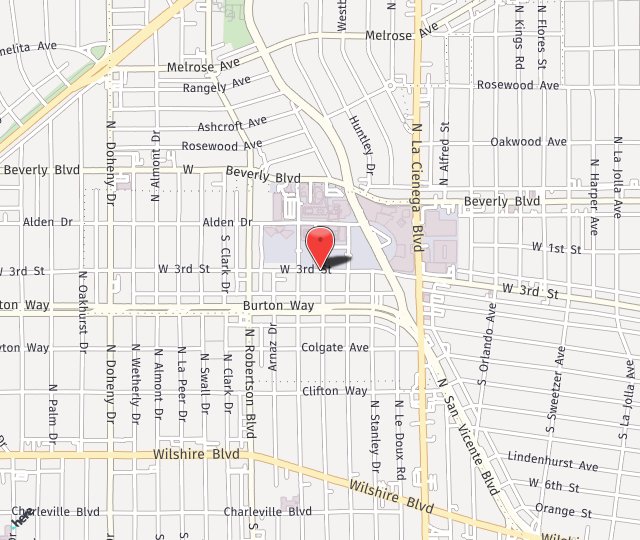That Clumsiness Could Be Nerve Related
- Posted on: Jun 15 2019
 It may have started as some tingling in your foot. Then there was pain in the same area. Now it seems as if you’ve suddenly become clumsy, catching your foot when you’re simply walking across the room. And you’ve cut the top of your foot and didn’t even notice, as you didn’t feel much of anything.
It may have started as some tingling in your foot. Then there was pain in the same area. Now it seems as if you’ve suddenly become clumsy, catching your foot when you’re simply walking across the room. And you’ve cut the top of your foot and didn’t even notice, as you didn’t feel much of anything.
It sounds as if you could have common peroneal nerve entrapment, more commonly known as “foot drop.”
While you may have thought you were simply tired or a little out of it, hence your seeming clumsiness, foot drop is actually a nerve condition that needs attention. Dr. Seruya diagnoses and treats foot drop in his Los Angeles practice.
What are the symptoms of foot drop?
Because the nerve serving the foot is being compressed, the muscle function in your foot is impacted. Foot drop can make it difficult for the patient to lift the front part of the foot when walking, an unconscious movement we all perform without even thinking about it when walking. With foot drop, your foot might drag when walking. To elevate the foot, the patient can resort to a movement that is akin to climbing stairs. This can make the foot slap down on the floor with every step. It’s also likely the top of the foot is numb or tingling.
What causes foot drop?
The symptoms of foot drop are caused by weakness in the muscles that control the front of the foot. The nerve that serves this area runs through the fibular tunnel on the outside of the knee. In common peroneal nerve entrapment, the tunnel becomes narrower and this compresses the nerve.
Common causes are:
- Nerve injury— The most common causes is nerve compression due to swelling in the fibular tunnel. This decreases space for the nerve. This pressure can damage the outer lining of the nerve, along with its blood supply. Scar tissue forms and replaces the outer insulation of the nerve. Because scar tissue has replaced the outer lining, the electrical signals cannot travel efficiently across the nerve.
- Muscle and nerve disorders— Various forms of muscular dystrophy can contribute to foot drop, as can other disorders.
- Brain and spinal cord disorders— Multiple sclerosis, ALS, stroke, and other disorders that affect the spinal cord or the brain can cause foot drop.
How Dr. Seruya treats foot drop
Treatments begin with conservative options, such as rest, splinting the ankle in the neutral position, anti-inflammatory drugs, diet and exercise for obese patients, and strict glucose control in diabetics. If these measures don’t work, Dr. Seruya will use surgery to eliminate the pain and return function.
The surgery is known as a fibular tunnel release. It is a nerve decompression procedure where Dr. Seruya makes a small incision along the outside of the knee to gain access to the fibular tunnel. He then creates space in the fibular tunnel for the nerve and its blood supply.
Do you have the symptoms of foot drop? This is something to be addressed before your nerve damage becomes permanent. \ at the Los Angeles Nerve Institute, (310) 423-2129, to schedule a consultation.
Posted in: Foot Drop

